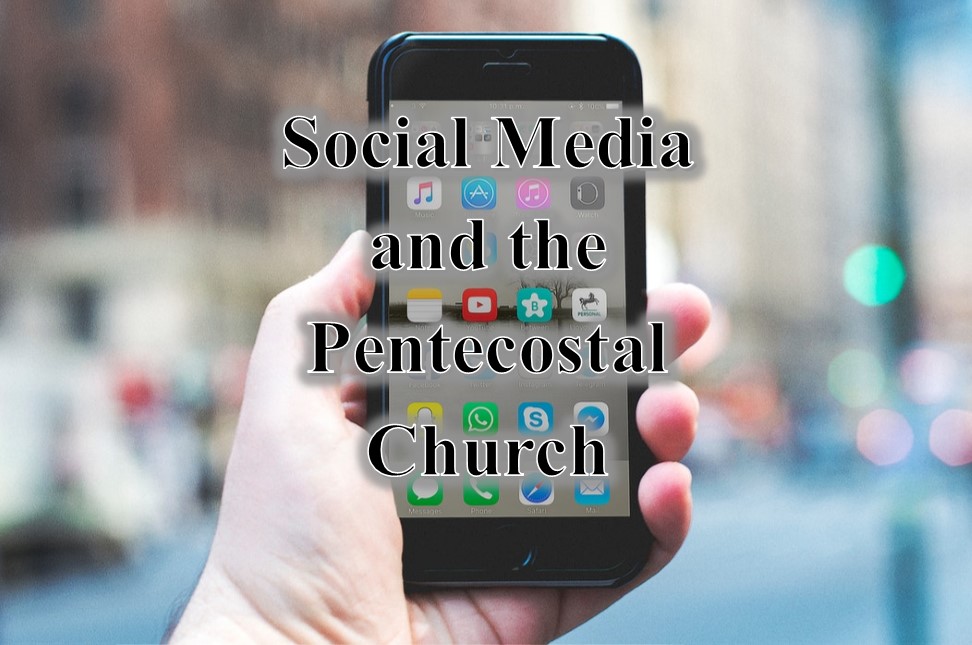Social Media and the Pentecostal Church
In this March 2016 paper, Kyle Smith notes important issues about how Christians, particularly Pentecostals, are influenced by social media and how churches are using it to increase their reach. Where has the center moved?

The purpose of this paper is to examine the effect of social media on the Pentecostal church. The history and creation of social media will be examined with special attention given to the rapid adoption by both the Pentecostal church and culture at large. Next, the use of social media by several larger Pentecostal institutions will be examined. The use of social media by these institutions will then be compared and contrasted. The paper will conclude by examining the larger effect social media has had on Pentecostal culture.
In 2003, Mike Zuckerberg created a game called FaceMash that would eventually morph into Facebook as we know it today.[1] Unlike Facebook, which has many proponents who argue for its beneficial effect on society, few would argue that FaceMash should be viewed positively. FaceSmash was essentially a simple computer program that would present users with two pictures of fellow Harvard students. The user would then vote as to which student was better looking. Harvard University, the university Zuckerberg attended, reacted quickly by shutting the website down and threatening to expel Zuckerberg.
The proliferation of media has allowed the Pentecostal church to state one truth doctrinally, but communicate another truth through its media outlets.
The second[9] most used social media website is YouTube with over one billion users in 2015.[10] YouTube allows users to both upload and share videos via the internet. The idea was first conceived by three previous employees of PayPal who were unable to find videos of the Super Bowls Janet Jackson[11] scandal, or the 2004 Indian Ocean Tsunami. The three founders gathered around the concept of creating a video sharing platform. YouTube was initially launched at the end of 2005. Roughly ten months later Google purchased YouTube for 1.65[12][13] billion dollars. At the time YouTube accounted for 46%[14] of all video views. However, Google received a significant amount of criticism from the business community[15],[16],[17] for purchasing the young company for such a significant amount of money.
Category: Fall 2017, In Depth, Pneuma Review


